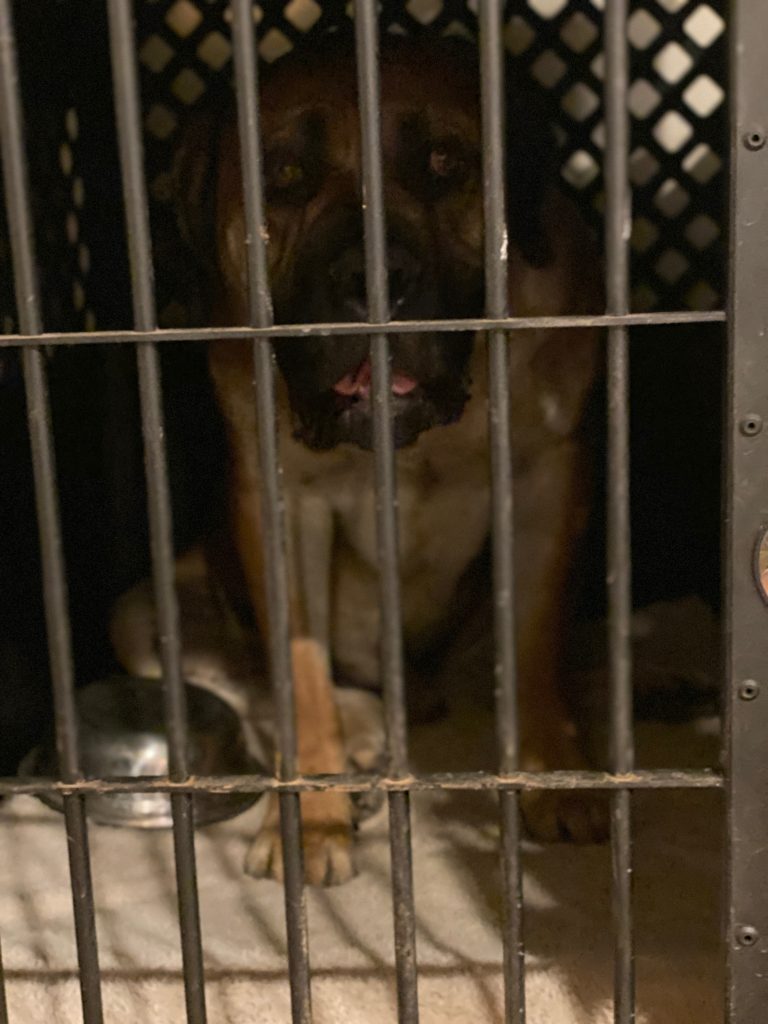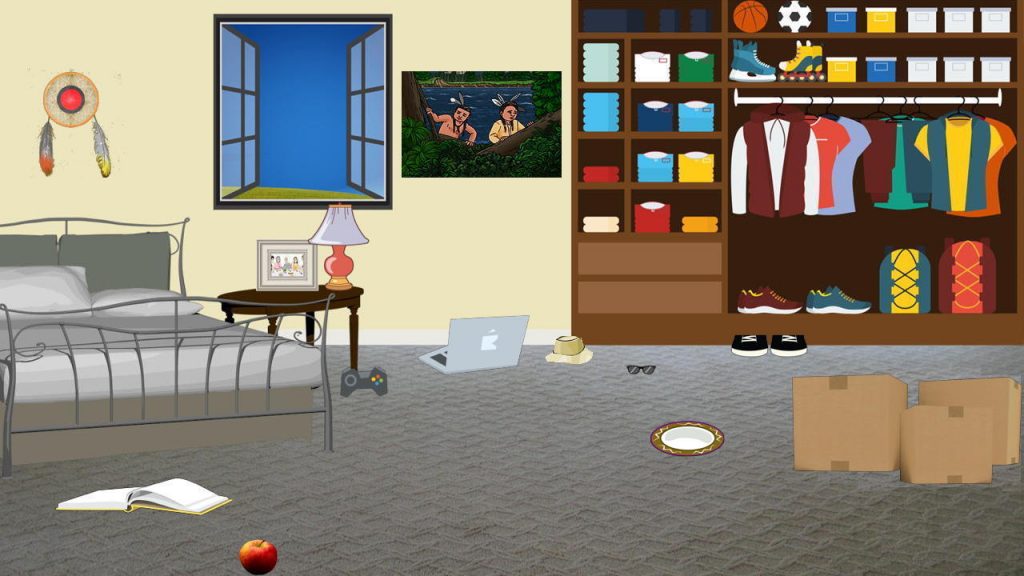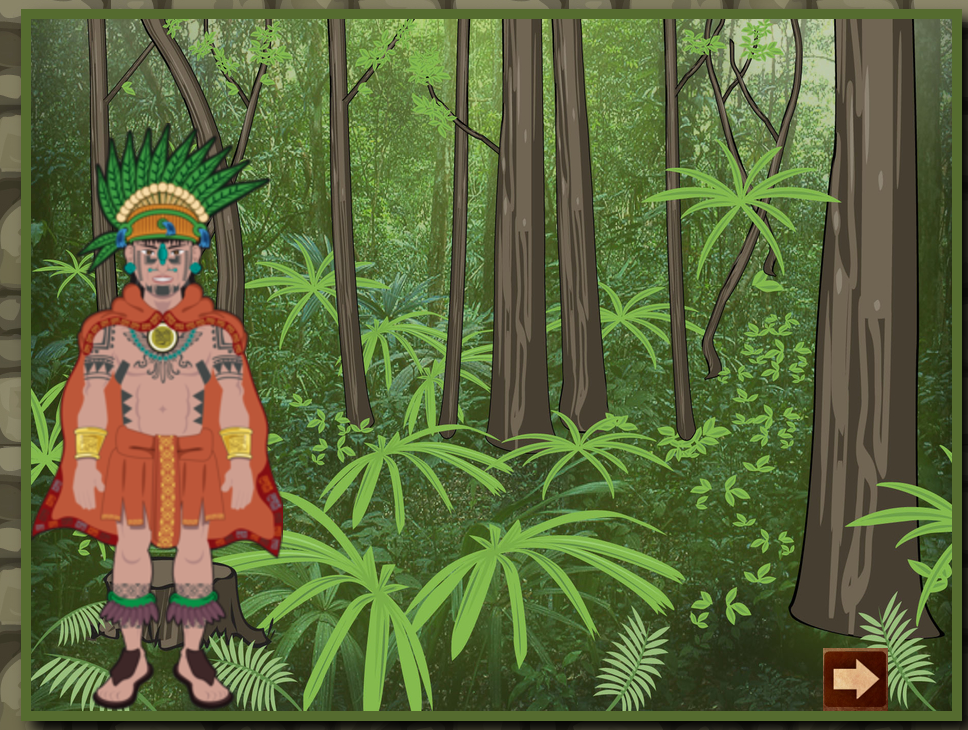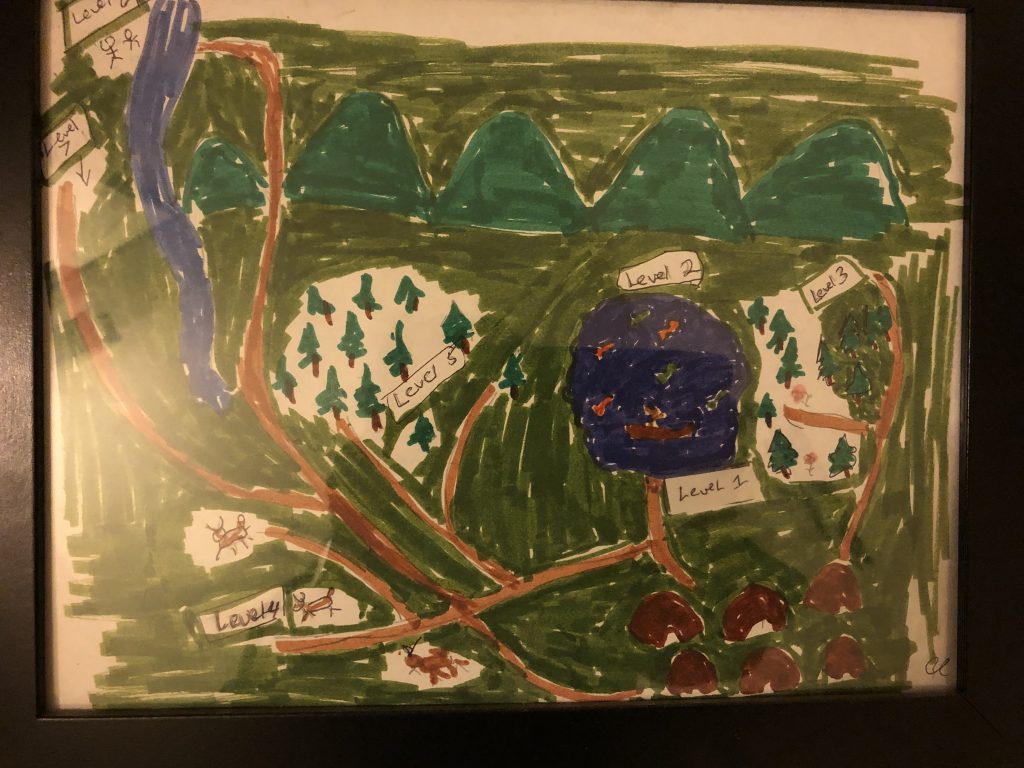When I was a kid, I had no idea what those people in shiny office buildings downtown actually did. Whether it is rural towns in the Midwest or in south Los Angeles, I know many young people who are in the same boat. What IS an audio engineer? If I have a lot of good ideas for games or videos, is that an actual job, coming up with ideas?

Level 1: You’re a student
Since you know how to be a student, this is easy. Level 1 is an introduction to game design roles and vocabulary. You’ll also get links to games and spend time playing a couple.
Level 2: You’re a game tester

Let’s be honest. Game tester is the lowest rung in the ladder. Most interns spend half or more of their time testing games. Still, everyone in our company from the CEO on down does some game testing.
I call it “eating our own dog food”
– Me
That’s an expression that means to use your own software or product. Maria, our CEO, hates that saying so I use it as much as possible. Yes, I’m like that.
So, at Level 2 you play games some more and use Bugzilla to record bugs.
Level 3: You’re a Designer
It’s time to start with designing your game. Unless it’s a casual game (you learned what that is on Day 1), it’s going to need a story line. What is your game going to be about? It’s going to need characters. The characters probably need a backstory.
Even if you are making a casual game, it has to have mechanics. No, I don’t mean the guys who fix your car. How are people going to move around in your game? Will they walk, run, jump or swing? Will it just be a matching game where you tap on tiles?
Today, it’s all about your ideas. You’ll also play a couple more games to get new ideas. If you find any bugs, file them on Bugzilla.
Level 4: You’re the Project Manager!
Maybe you’re going to be a project manager, an artist or a software developer. There are some things every team member needs to know. That includes file sharing, editing documents, taking photos, taking screenshots and editing videos.
Very few popular games are made by only one person. It takes artists, animators, developers, designers, testers, managers, technical support—all of those people have to work together.
You’ve heard of things being in the cloud

That just means it is stored on servers (computers) somewhere else, not on your personal computer or device.
You’re going to start sharing your ideas with your team using Google Drive or OneDrive. If you don’t know how to do that, don’t worry, we’ll teach you.
You’re in charge of quality!
Before you start making your own game, look at what you’ve learned from the games you’ve played. You’ll get a set of game design cards and be asked to pick a game and give suggestions on how you would improve that game.
Be nice! Because next week you’ll meet with the developers for whichever game you picked and they’ll probably ask you for more information on your ideas. Don’t worry, they’re nice, too, and they really want to hear your ideas.

What kind of questions will they ask you?
Well, for example, if you said there should be a search game where players have to find missing items in a room, the developers might ask,
- What should the room look like? Is it a bedroom or a kitchen or what?
- What is missing? Is it a map? Treasure? Are they just finding one missing thing, like in Where’s Waldo, or is it lots of missing things?
- Should stuff be hidden behind other things, like under a pillow?
Now that you’ve written a lot of your ideas down, it’s time to upload those to the shared drive so everyone else in your team can read them! If you want to take pictures on your phone and upload those, or draw pictures, record videos, that’s perfectly fine, too.
Did you know that the search game in “Crossroads: Options” was an idea from a class at Warwick Public School ?
Everything, down to the images—which are all from pictures students took—came from students on the Spirit Lake Dakota Nation.
Level 5: You’re the Creative Director

The Creative Director doesn’t make all of the artwork and animation, although she (in our company her name is Maria) does some of it. Her job is to put together the story and “look” of the game. The designers, artists, and animators all work for her.

Why did I frame this extremely badly-drawn picture?
Before Maria came to work with us, I had this idea for some games. You can see on the bottom left the wolves from Spirit Lake. On the right is the camp that is at the beginning of Fish Lake and above it is the spot where you go fishing. North of that are the hills where you shoot buffalo in Spirit Lake. To the left is a river you canoe in Fish Lake.
If you play both Spirit Lake and Fish Lake you will recognize (sort of) a lot of this picture. I did it in marker and I suck at art. However, it turned into two really good games.
My point is that you can start like the Warwick students did by taking photos and videos, or you can start like me and the Tate Topa Tribal School students did, which was drawing pictures.
Today, you’ll take a look at some real game design documents, which are super detailed, but all started out like a picture drawn out with markers or someone’s ideas just written down on a pad of paper. Really.
